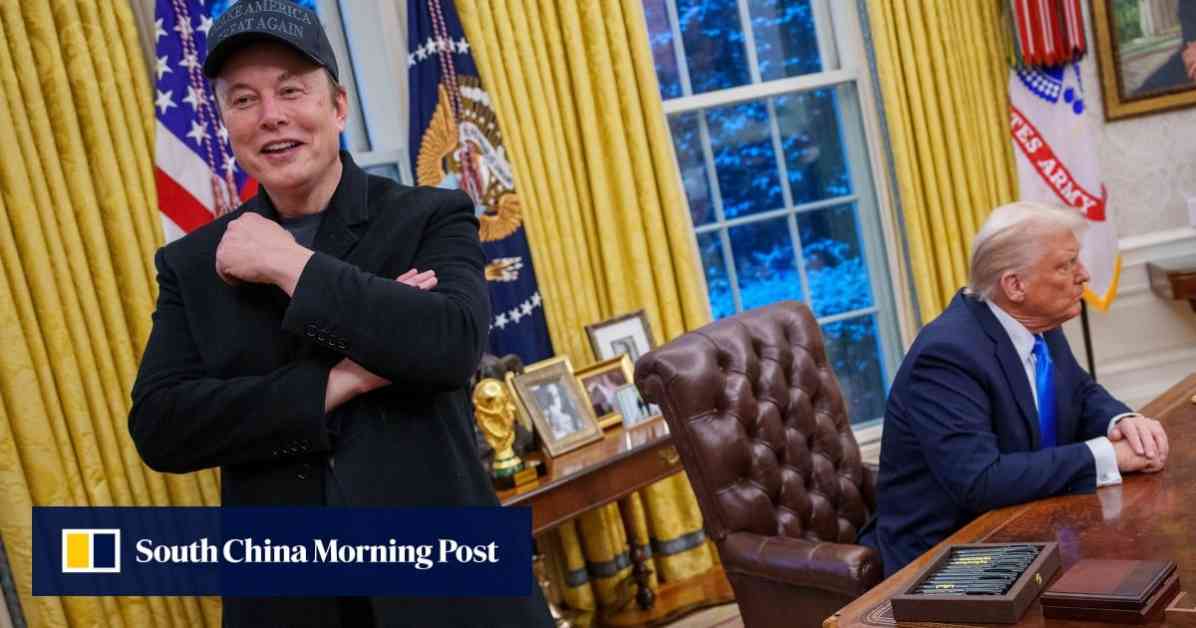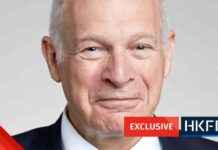Vietnam’s Unexpected Move Welcomes Starlink Amid Tariff Tensions
Vietnam has made a surprising decision to welcome Elon Musk’s Starlink into the country by proposing new regulations that would allow the satellite internet service to operate while maintaining full ownership of any local subsidiary. This change in policy comes after lengthy negotiations with SpaceX, Starlink’s parent company, and signals a shift in approach towards foreign tech companies in Vietnam.
The potential entrance of Starlink into the Vietnamese market is seen as a significant move, especially amidst growing concerns about potential tariff threats from U.S. President Donald Trump. The sudden change in stance has been described as an “olive branch” extended to SpaceX, showcasing Vietnam’s willingness to engage in diplomatic negotiations in the face of political pressures.
The Road to Acceptance: Starlink’s Journey into Vietnam
Starlink’s attempts to establish a presence in Vietnam, a country with a population of nearly 100 million, faced obstacles when the government initially refused to lift a ban on foreign control of satellite internet providers. This restriction posed a challenge for Musk, who has emerged as a key advisor to President Trump and has been navigating complex political landscapes to expand his technological ventures globally.
The draft regulations proposed by Vietnam would not only allow Starlink to operate in the country but also ensure that the company can maintain full ownership of its operations. This shift in policy reflects Vietnam’s willingness to engage in transactional diplomacy and adapt to changing geopolitical dynamics, as seen in its decision to accommodate Starlink despite previous regulatory hurdles.
Implications and Insights: The Global Tech Landscape
The move to welcome Starlink into Vietnam underscores the interconnected nature of the global tech landscape and the complex relationships between technology companies and political entities. By extending an olive branch to SpaceX, Vietnam is not only opening up new opportunities for innovative services but also signaling its readiness to navigate international trade tensions and geopolitical pressures.
As tensions between the U.S. and Vietnam continue to evolve, the decision to allow Starlink to operate in the country serves as a strategic maneuver that could have broader implications for the tech industry and diplomatic relations. By embracing technological advancements while safeguarding its national interests, Vietnam is positioning itself as a player in the global tech arena, capable of balancing economic opportunities with political considerations.
In conclusion, Vietnam’s decision to extend an olive branch to Starlink amidst tariff threats highlights the intricate dance between technology, politics, and diplomacy in the modern era. As countries navigate the complexities of the digital age, the case of Starlink in Vietnam serves as a microcosm of the larger dynamics at play, where innovation, regulation, and geopolitics intersect in shaping the future of technology and international relations.



















